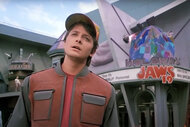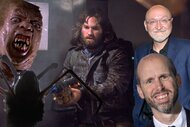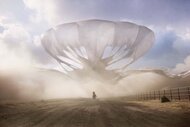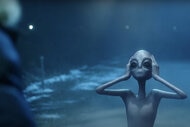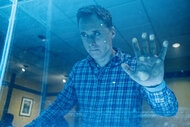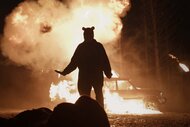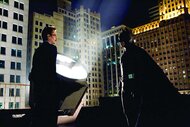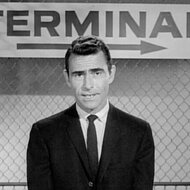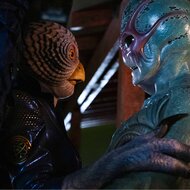Create a free profile to get unlimited access to exclusive videos, sweepstakes, and more!
Jon Favreau & ILM go behind the scenes of The Mandalorian’s game-changing visual effects
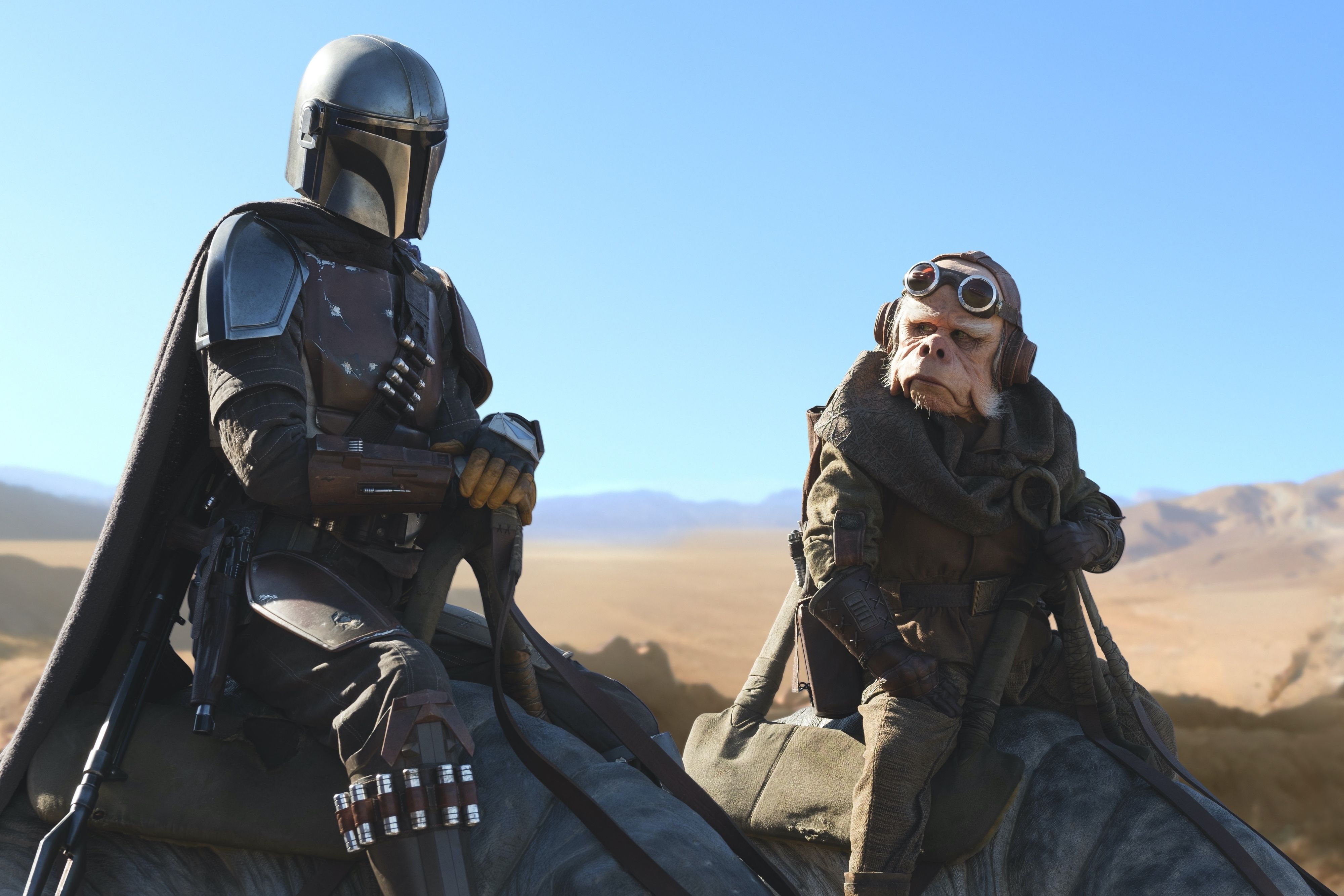
The Mandalorian’s sweeping desert vistas and sprawling spacecraft corridors definitely transported viewers into some familiar-feeling Star Wars places as Season 1 of the series followed our hero (and his adorable cargo) on a fresh set of made-for-TV adventures at Disney+.
But as a new behind-the-scenes look with creator John Favreau at the show’s innovative new visual effects process reveals, a lot of what we see on screen was built from the ground up in a completely virtual environment — and it’s a now-proven new technique that Favreau says will likely change the future of filmmaking.
“We have been able to see through a few technical innovations and a few ‘firsts’ that I think are gonna have a lot of impact on the way television and movies are made, moving forward,” he explains in the clip. Take a look:
Industrial Light and Magic’s in-depth peek at its new StageCraft technology demonstrates the show’s amazing way of blending virtual backgrounds with live action, and at first, it’s almost a challenge to wrap your head around. In a way, the new tech marks a milestone that many might’ve anticipated would arrive first to the world of gaming: the ability to put human actors inside the action within a video game’s graphical world.To achieve the immersive effect, ILM built from the ground up a massive, curving panoramic LED backdrop that’s 21 feet high and 75 feet in diameter. The huge surround screen allows virtual environments created in Epic Games’ Unreal Engine — long a top-tier creative tool for video game developers — to be projected in the background while actors performed their camera work, along with practical effects props like blasters and speeder bikes, in the foreground.
Taken together, both the virtual background and the real actors in front of it can be filmed all at once, merging what’s real and what’s unreal (pun intended) into one seamless shot. “It feels like a real three-dimensional environment surrounding you because it is a real three-dimensional environment,” explains Hal Hickel, the show’s animation supervisor.
With more or less unlimited creative power at their disposal to render any environment they can dream up, the galactic sky’s the limit for where The Mandalorian’s second season could take viewers (and Baby Yoda too). Production on Season 2 is already underway, with Din Djarin (Pedro Pascal) set to stake out new adventures when the series returns this October.


